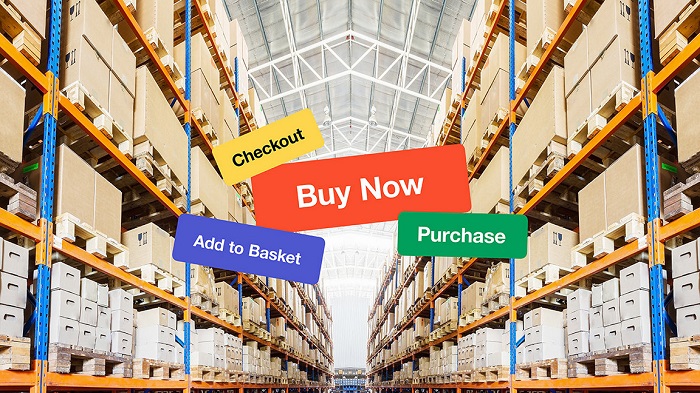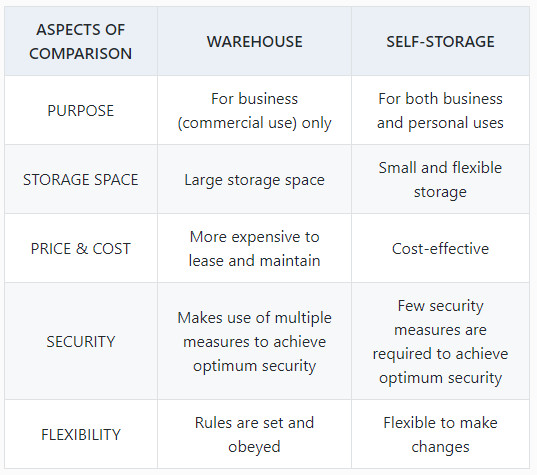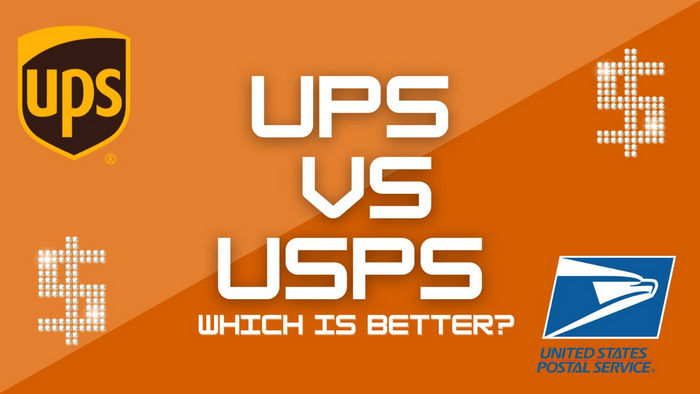Starting a business, you may be wondering whether to opt for a warehouse or the self-storage option. It is one of the few decisions you can’t leave for later. But you need to be well-informed before committing to any of the options.
This is because housing your goods in the right storage facility aid your supply chain. It is the key to efficient delivery service to your customers. Also, it cuts unnecessary costs on space and logistics while also giving room for proper record keeping.
With the similarity in the functions of warehouse and self-storage, it is not surprising that many people are finding it hard to make the right decision, which is why you are here.
This article makes a head-to-head comparison between these two storage options, focusing on how they work, their suitability for different use cases, and everything you need to know about them.
Let’s get right in.

Part 1: What’s the Difference between Warehouse and Self-Storage?
Warehouses are industrial and commercial storage facilities. Large enterprises and companies use warehouses to keep all their inventory-related operations (packaging, shipping, and stocking) in a central location.
Self-storage, on the other hand, is a cut-sized storage space for individuals within a building. It’s a private storage allocation service rendered to individuals, families, and even businesses. Customers can easily access them with dedicated security access.
Below are some defining factors you need to consider before choosing between self-storage and a warehouse.
Purpose
A warehouse is used to store goods, raw materials, and inventories when they are not being called for sales. They are used mostly for wholesaling, manufacturing, and exporting purposes.
On the other hand, self-storage is versatile as it can be used by business and personal users with small to medium space requirements.
They are used to store goods or personal materials that need to be accessed frequently.
Location and accessibility
Warehouses are often located on the city’s outskirts because of their massive space requirements and industrial purposes. They are not easily accessible, as they sometimes require you to travel down to their locations. This incurs an extra cost on transportation and other logistics.
Self-storages are usually situated in strategic areas within the city for accessibility since individuals and families also use them to keep personal belongings. They can be easily accessed thanks to their proximity to residential and business-oriented locations.
Storage space
Warehouses require large spaces, as they store heavy equipment, raw materials, and wholesales of goods. They are usually the size of commercial buildings and are ideal only when a very space is required.
Self-storage, in contrast, has smaller storage space. This space is generally bigger than typical household storerooms, but it is miles away from the capacity of a warehouse.
Cost
In comparison with self-storage, warehouses are more expensive to manage. With their enormous size comes high space and maintenance cost. Utility bills, warehouse workers, and security personnel are some expenses that aren’t avoidable.
Self-storage does not require such. Small-scale business owners can escape the huge maintenance cost by opting for self-storage. More importantly, you are most likely to pay for what you use in a self-storage, unlike the warehouse where users pay for unused space and equipment.
Security
Warehouses, because of their large size, are more challenging to secure. This is because they are a large open space with almost no specified parameters, making it hard for security systems (e.g., CCTV cameras) to have the desired coverage. Also, being a commercial building, they are usually targets for thieves and burglars. Hence, security personnel are generally required to keep things safe.
Whereas self-storage security is easy to secure, as it is an enclosed space. Most self-storage spaces give customers unique access codes to their allocated space. This makes it easy to track anybody that walks in and out.
Flexibility
In self-storage, choices in the mode of distribution, packing, etc., can be easily changed. The movement of packages is easier and faster compared to warehouses. Also, self-storage gives you the option of scaling your storage space to the requirement of your business growth, thanks to its relatively short payment and commitment period.
The warehouse, on the other hand, is not flexible. It is only for commercial use and nothing more. It also requires a long-term financial commitment. This makes it difficult to change easily.
Comparison Table Between Warehouse and Self-storage

Part 2: How to Cut Shipping Rates with KeyDelivery?
Whether you opt for warehouse or self-storage, the cost of shipping is another puzzle you will have to solve. As a business owner, your goal is to get your goods from one location to another at the lowest price possible without giving up safety and security. And that’s what you get with KeyDelivery.
KeyDelivery multi-carrier shipping software helps you make cost-effective and secure shipping decisions. It is specifically designed to make e-commerce shipping easy with features that allow you to personally compare and verify your shipping cost, track your goods, and schedule shipping pick-ups with top carriers worldwide.
KeyDelivery just about puts everything smart shipping at your fingertips. Below are some of the standout features of KeyDelivery shipping management software:
- Schedule shipping pick-up from one dashboard
KeyDelivery’s universal multicarrier shipping API allows you to schedule your shipping pick-up. It gives you access to multiple carriers worldwide on e-commerce platforms. From Shopify to eBay, magneto, and more, you can always find the most suitable carrier for you.
- Best package tracking service and shipping label creation
Label creation and package tracking are two aspects of the e-commerce ecosystem with the most problems. KeyDelivery’s shipping label creation API puts all the power in your hand.
It enables you to create shipping labels in bulk. You can also verify addresses and track packages without any headache.
- Discounted and low shipping rates
This is how KeyDelivery puts a stop to high shipping costs. When you integrate the API into your e-commerce store, you can compare shipping costs for your shipping lane from both local and international carriers. This helps you to choose the cheapest available quality option. Also, you get access to shipping rates discounts with the integration of this software.
Conclusion
If you are a commercial enterprise with large equipment, raw materials goods, or huge inventories, your go-to storage should be a warehouse.
For small and medium-scale businesses that operate local inventories, require constant access, and need frequent movements of goods and services, self-storage is for you.
Once you’ve chosen storage, the next thing is to find the best and most cost-effective shipping company for your delivery. The KeyDelivery shipping & tracking API is your best bet to get this, as it allows you to compare prices, track your goods, and gives you discounts, among other benefits. It is just everything you need to stand out from the competition regarding shipping costs and effectiveness.



